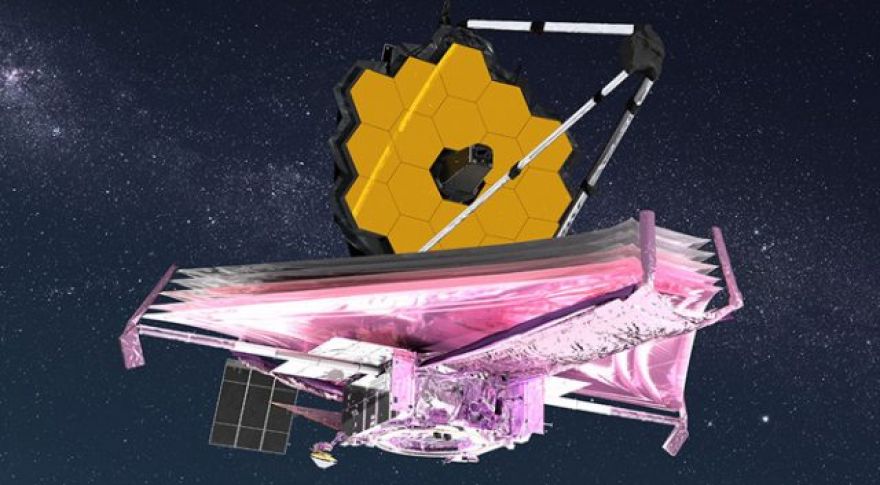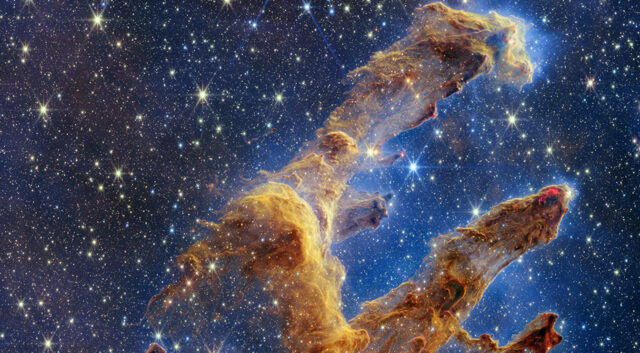
NASA Could Open Up Access to Future Webb Telescope Observations
The is pushing the bounds of human understanding, but access to Webb data is currently limited. That could change as NASA considers a new open-access policy that would make Webb data available to the public as soon as it’s collected. Despite similar reforms in Hubble data reporting, some scientists are apprehensive about the proposed change.
We have seen some amazing things come out of the James Webb Space Telescope (JWST), but that’s just a fraction of what it has done so far. About 25% of Webb observations have been reported by scientists, and the rest of the data remains locked away.
In August, a stated that research based on federally funded data must be freely available by the end of 2025. NASA wants to push that even further, requiring that all the data it produces goes out to the public immediately. It might be similar to the way raw images from robotic Mars missions are posted publicly as soon as they are received.

This stunning image of the Pillars of Creation is part of the 25% of Webb data that has been reported by astronomers. The remainder is still locked away.
The Space Telescope Science Institute (STScI), which operates both Webb and Hubble, is asking astronomers for feedback on the proposal — that’s a contentious issue because no one wants to get scooped on their own research. At the same time, opening access to the data can give smaller teams and institutions that lack the resources to apply for time on Webb the opportunity to contribute research. However, Space.com that some worry that the mad dash to beat other teams to publication will result in lower-quality science.
There is precedent for changing Webb’s data access policy. In 2017, STScI moved Hubble from 12-month to 6-month exclusivity, and the following year it implemented anonymous applications for time on the observatory. The sky has yet to fall.
STScI is already accepting applications for Webb’s second year of observations, so any changes to the exclusivity period would come after that. NASA also needs to get its European and Canadian partners to agree on the change, but we could soon see Webb’s exclusive access period drop to a shorter time or disappear altogether.
Now read: